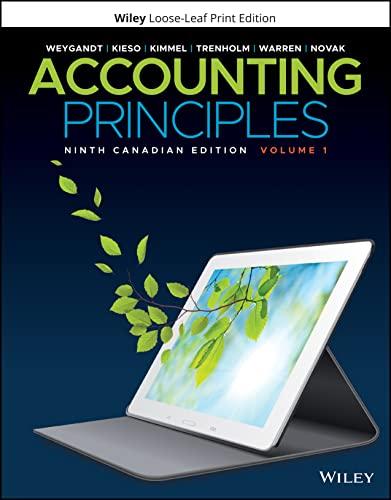Question
The Interest Coverage (or Times Interest Earned) Ratio This ratio indicates a business' ability to pay the interest on its debt. It is calculated: EBIT
The Interest Coverage (or Times Interest Earned) Ratio
This ratio indicates a business' ability to pay the interest on its debt. It is calculated:
EBIT / Interest Expense
which is easy to remember if you remember those two accounts on the income statement. EBIT is usually the line immediately before interest expense.
The Preferred Dividend Coverage Ratio
Like the Interest Coverage Ratio, this ratio indicates a business' ability to pay dividends to its preferred shareholders. It is calculated:
Net Income (before preferred dividends) / Preferred Dividends
which is also easy to remember if you remember those two accounts on the income statement.
For both ratios, the higher the better because the higher the ratio, the more profits are available for the business to pay its costs of capital. Notice also that just like on the balance sheet, creditors have a superior claim to assets than shareholders. Food for thought: consider the implications for a business that has an operating profit but a net loss before preferred dividends.
MY QUESTION FROM THE ABOVE INFORMATION IS:
What do they mean creditors have a superior claim to assets than shareholders? and what happens if a business has a operating profit but a net loss befoe preffered dividends?
Step by Step Solution
There are 3 Steps involved in it
Step: 1

Get Instant Access to Expert-Tailored Solutions
See step-by-step solutions with expert insights and AI powered tools for academic success
Step: 2

Step: 3

Ace Your Homework with AI
Get the answers you need in no time with our AI-driven, step-by-step assistance
Get Started


